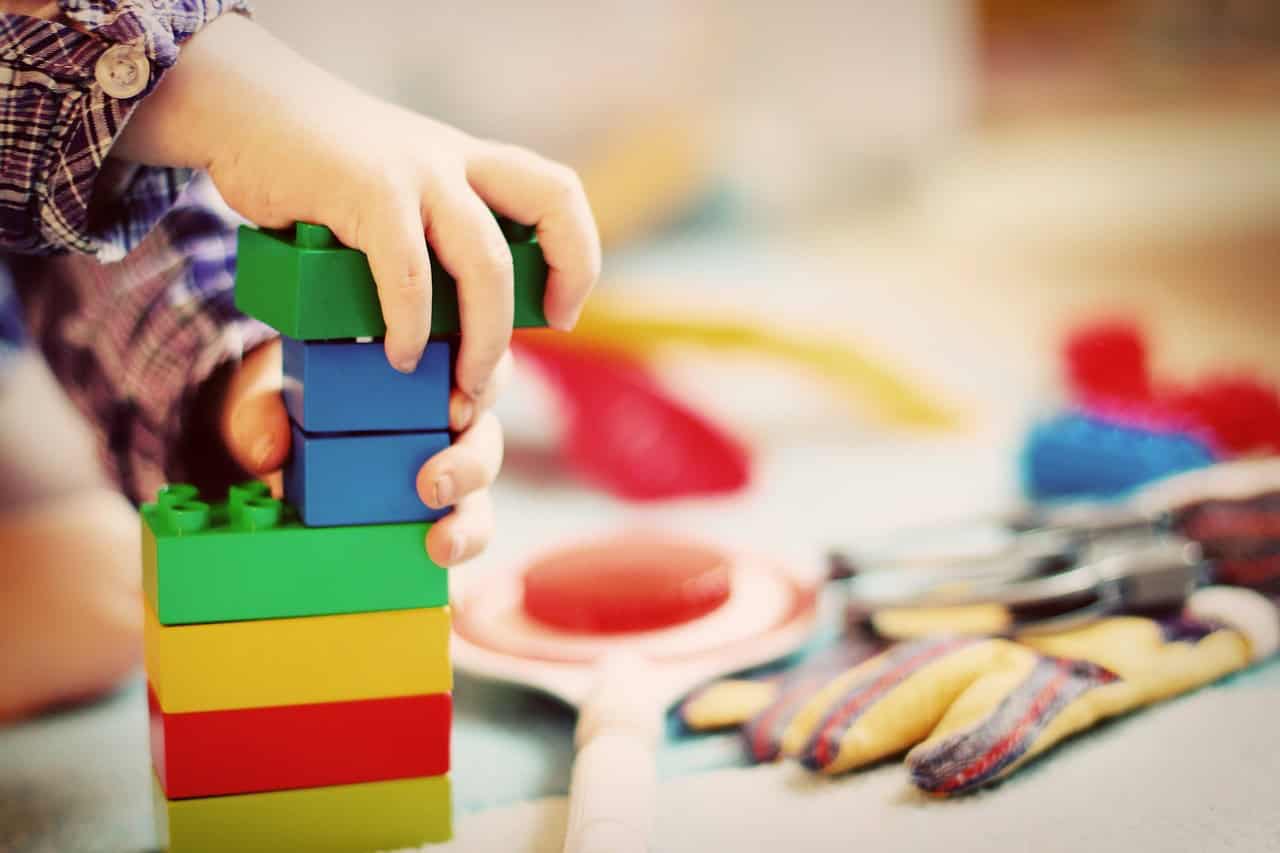Communication challenges are often one of the most significant hurdles faced by autistic toddlers. These difficulties can impact many aspects of their daily lives, from expressing basic needs to engaging in social interactions. At Amazing Kids, we focus on addressing these challenges through early intervention using the Early Start Denver Model (ESDM). This approach is designed to help young children develop essential communication skills in a supportive and structured environment.
ESDM is an evidence-based method tailored to meet the unique needs of each child. It integrates learning opportunities into everyday activities, making it possible for toddlers to practise and enhance their communication in a natural setting. By using positive reinforcement and strategically planned interactions, ESDM aims to build a strong foundation for language and social skills. Through consistent and personalised engagement, we strive to make significant improvements in the communication abilities of autistic toddlers.
The journey to better communication is not always straightforward, but with the right strategies and support, meaningful progress can be achieved. This article explores the common communication challenges in autistic toddlers and outlines the ESDM techniques we use to help them overcome these difficulties. It also provides practical advice on incorporating ESDM into daily routines and offers insights into measuring and adapting strategies for optimal communication growth.
Understanding the Communication Challenges in Autistic Toddlers
Communication is a fundamental part of our daily lives, but for autistic toddlers, it can be particularly challenging. These children may have difficulty expressing their needs, understanding others, or engaging in social interactions. At Amazing Kids, we understand that these communication barriers can lead to frustration for both the child and their family. Early intervention is crucial in addressing these challenges effectively.
Autistic toddlers often experience delays in language development, and they may have trouble using speech to communicate. Non-verbal communication, such as gestures, facial expressions, and eye contact, can also be affected. Some children might exhibit repetitive behaviours or restricted interests that further complicate their ability to engage in typical conversational patterns.
By identifying and understanding these unique challenges, we can develop targeted strategies to support each child’s communication needs. Our informed approach allows us to create an environment where autistic toddlers feel safe to explore and develop their communication skills, which is vital for their overall growth and social integration.
Core ESDM Techniques for Enhancing Toddler Communication
The Early Start Denver Model (ESDM) provides us with a comprehensive framework to support communication development in autistic toddlers. This method uses play-based and relationship-focused techniques to promote language and social skills in a natural setting. Here are some core ESDM techniques we apply to enhance communication:
1. Joint Attention Activities: Engaging in activities that require the child to focus on both an object and another person helps build joint attention, a key foundational skill for communication. For example, playing with a ball together and taking turns rolling it back and forth encourages the child to engage with others and follow social cues.
2. Imitation: Mirroring the child’s actions and encouraging them to imitate adult behaviours helps develop social reciprocity and communication. Simple activities such as copying clapping or waving can be very effective.
3. Turn-Taking Games: Games that involve taking turns, such as simple board games or interactive play with toys, teach patience and the basics of conversational exchange. These activities help children understand the flow of communication.
4. Prompting and Modelling: We use prompting to guide children towards desired behaviours and modelling to demonstrate appropriate ways to communicate. This might involve showing how to ask for a toy using simple words or gestures and then encouraging the child to try it themselves.
5. Reinforcement: Positive reinforcement is crucial. We celebrate successful communication attempts to motivate children and build their confidence. This can be done through praise, rewards, or extra playtime as a form of encouragement.
By integrating these ESDM techniques into our daily practices, we help foster improved communication skills in autistic toddlers. These methods are designed to be flexible and adaptable, making them suitable for each child’s individual needs and progress.
Incorporating ESDM into Daily Activities for Language Development
Integrating the principles of ESDM into everyday activities helps promote language development in a natural and engaging manner. At Amazing Kids, we firmly believe in using routine activities as opportunities for learning. By embedding ESDM techniques into moments like mealtime, playtime, and bedtime, we can foster significant improvements in a child’s communication abilities.
Mealtime: This is a perfect opportunity to work on communication skills. We encourage parents to name foods, describe textures, and involve their child in choosing and asking for items. Phrasing simple questions like, “Do you want the apple or the banana?” helps toddlers practise making choices and using words to express preferences.
Playtime: Incorporating structured play activities that focus on joint attention, turn-taking, and imitation can be very effective. Role-playing games and interactive toys that require cooperation and communication can build these skills. For example, a game like ‘pretend cooking’ can introduce new vocabulary and conversational patterns.
Bedtime: The bedtime routine offers a calm environment to reinforce language skills. Reading a favourite story together and asking questions about the book can enhance listening and speaking abilities. Singing lullabies or re-telling the day’s events can also be both soothing and educational.
By regularly integrating ESDM techniques into these daily activities, we help create consistent and practical opportunities for autistic toddlers to develop their language and communication skills.
Measuring and Adapting ESDM Strategies for Optimal Communication Growth
Ongoing assessment is crucial to ensure the effectiveness of the ESDM strategies being used. At Amazing Kids, we follow a systematic approach to measure and adapt these strategies to meet each child’s evolving needs. Through regular observation, recording progress, and adjusting techniques, we aim for continuous improvement in communication skills.
1. Observation: Regularly monitoring the child’s responses to ESDM activities provides valuable insights. Noting how they react to different prompts and interactions helps us understand what works best for them.
2. Recording Progress: Keeping a journal or log of the child’s achievements and challenges is essential. Documenting milestones, such as new words learned or successful interactions, allows us to track development over time.
3. Adjustments: Based on observations and recorded progress, we make targeted adjustments to the intervention strategies. This could mean changing the type of activities, increasing the complexity of tasks, or introducing new techniques to address specific challenges.
4. Feedback Sessions: Regular feedback sessions with parents and caregivers help align everyone’s efforts. Discussing what is working and what needs improvement ensures a coordinated and supportive approach to the child’s development.
This continuous cycle of measuring and adapting ensures that the ESDM strategies remain effective and aligned with the child’s growth, leading to sustained communication improvements.
Conclusion
Improving communication skills in autistic toddlers through the Early Start Denver Model is a journey that requires dedication, patience, and the right strategies. By understanding the unique communication challenges these children face, utilising core ESDM techniques, and incorporating these methods into daily activities, we can foster significant progress in their language development.
Regularly measuring and adapting these strategies ensures that we are meeting the child’s needs effectively and promoting optimal communication growth. The holistic approach we follow at Amazing Kids aims to create a supportive environment where every autistic child can thrive and reach their full potential.
If you’re interested in learning more about autism spectrum disorder and how we can help support your child’s development, contact us at Amazing Kids. Together, we can make a real difference in your child’s communication skills and overall quality of life.



